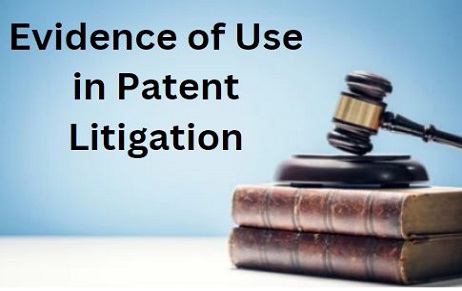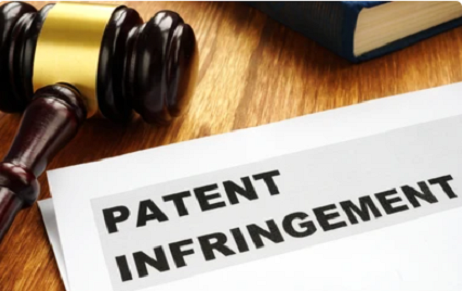All over the world today businesses strive for growth by maintaining a competitive edge in…
The Bilski Battle Ends…still the war of Patenting Business Method is on…
Introduction:-
Do you need one? I am sure by this time you would have read or heard about the Bilski case somewhere. Well it’s not too late to know about it. Petitioner filed a patent application that claims a Business method @ USPTO. The claim included a subject matter that explains how commodities buyers and sellers in the energy market can protect or hedge against the risk of price changes. The Patent examiner rejected the application on the grounds that the invention is not implemented in any specific apparatus and merely solves a mathematical problem. Subsequently, the BPAI agreed to the examiner’s rejection and affirmed the case. At this time, Bilski moved to Federal circuit to fight for his case. The En Banc court decided and affirmed the case. But the reason in the Judgment presented by the court to reject the patent application has turned every Professional in this field to look back to this case.
Federal Circuit: The Bilski case goes famous
In order to patent a claimed Process, the invention should produce a “Useful, Concrete & Tangible” result and so far, this was the standard test that all the US courts including Fed. Circuit was relying upon. Contrastingly, Federal circuit when hearing this Bilski case rejected to apply the “Useful, Concrete & Tangible” test for the claimed Invention. Instead of the above test, the court was relying on “Machine or Transformation” test. “Machine or Transformation” test allows a claimed process to be patented if the claimed process is tied to a machine, state or thing or if the process transforms a particular article into a different state or thing.
When this “Machine or Transformation” test applied to Bilski case, the claims failed to meet the test requirements.
Claim 1 of Bilski consists of the following steps:
“(a) initiating a series of transactions between said commodity provider and consumers of said commodity wherein said consumers purchase said commodity at a fixed rate based upon historical averages, said fixed rate corresponding to a risk position of said consumers;
(b) identifying market participants for said commodity having a counter-risk position to said consumers; and
(c) initiating a series of transactions between said commodity provider and said market participants at a second fixed rate such that said series of market participant transactions balances the risk position of said series of consumer transactions.”
The judgment affirmed the case and summarized that the “Machine or Transformation” test is the sole test for determining whether a claimed process is an eligible patent subject matter. This created a big chaos for the people in this field questioning the rigidity of the Federal circuit when deciding the process claims of the patent applications. No wonder, Bilski tried the apex court to fight for his case.
Bilski in Supreme Court:
On June 28, 2010, Justice Kennedy, Justice Stevens, Justice Breyer & Justice Scalia gave their judgments together. In the judgment, they affirmed the case by saying the particular process of the Bilski case is not eligible to be a patentable subject matter. But the Judges pointed out the rigidity of the Federal circuit decision for this case. In particular, Justice Breyer while conferring the Justice Kennedy’s judgment further added by saying “Although the courts can use “Machine or Transformation” test for determining whether a claimed process under section 101, but the Federal circuit erred in saying the test as “exclusive test”.
The War Continues…
Post Bilski, still it is not clear whether All Business method patents can be patentable or not by applying either one of the tests. What about method patents from other Industries. Definitely, they can be relieved and atleast they can protect their claims by relying on either of the tests…until new landmark case roots from Federal circuit…
Author – Veera Raghavan Rajendran,
Patent Specialist, IIPRD.
The Author of the Blog can be reached: [email protected].


